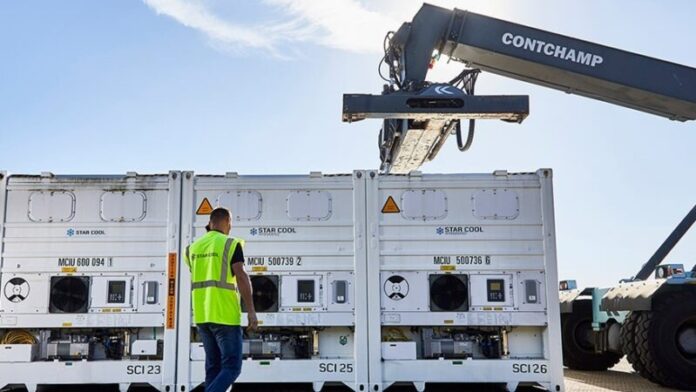
-
Companies have slowed ordering – and carriers cancelling sailings – due to low demand and high inventories, but demand will bounce back once these inventories are exhausted, according to Container xChange Forecaster
-
58% of industry professionals polled by Container xChange don’t connect declining container rates to global economic normalization in 2022 and further in 2023, Container xChange October poll results show
-
A word of caution for container owners: Probable hike in container storage fee to disincentivize longer-staying containers at the depots
The container shipping industry is witnessing a major slump in the order-to-inventory ratio with high inventories but slower demand, leaving depots to bear a box surplus brunt that will have a rippling effect across different stages of container logistics, the November edition of the Container xChange Forecaster says.
One of the glaring issues that will impact container repositioning and movement well into 2023 is insufficient depot space due to longer-staying boxes, the monthly report says.
(Related report: Container owners struggle to return empties to China)
“There is just not enough depot space to accommodate all the containers. With the further release of container inventory into the market (e.g., from the disposal of leasing fleets), there will be added pressure on depots in the coming months,” inferred Christian Roeloffs, cofounder and chief executive of Container xChange, the online container logistics platform.
“This will be a key challenge for some and a competitive advantage for others in the business, especially in China, because of the empty container repositioning there,” Roeloffs said.
The report cited the view of Andrea Monti, CEO at Sogese who also owns container depots in different locations in Europe, about the impact of upcoming hinterland disruptions and defleeting of shipping lines.
“Whatever was coming in and out of, for instance, our Milan depot is quite stuck. And the container volume at the depots is increasing to an extent that we are returning some requests for depot service agreements. We are in a situation where we are not able to accept new clients for some locations,” Monti commented at the Digital Container Summit in October.
The report said retailers and companies are more cautious in their stock management strategy this is peak season, which has technically not happened this year, as they adjust to the shorter cargo delivery cycle.
“There is enough inventory with retailers. Once these inventories [are exhausted] in North America and Europe, companies will order again, and demand for shipping capacity will pop back up,” said Dr. Johannes Schlingmeier, cofounder and CEO of Container xChange.
“This won’t go back to max pandemic levels, but certainly be back to the long-term average upward trend. What has happened now is that the cargo is ‘on time’ again and, hence, you’ll see a slowdown in new ordering as companies adjust to this more efficient turnaround times in ocean freight delivery.”
Schlingmeier said that for container owners, this could potentially mean a rise in container storage fee by depots as more containers pile up to disincentizise longer-staying boxes, the report says.
The latest monthly logistics report by Container xChange, “Where are all the containers,” echoed interesting testimonies on the market situation.
- The average container prices (for trading) and one-way pickup charges (for leasing) for standard boxes fell to their lowest in two years in China. These were at US$3,711 in October in China, declining further so far in November.
- Container Availability Index (CAx) values are much higher now than before the pandemic – meaning inbound containers are significantly higher at the Chinese ports than the imported boxes this year compared with 2019 (pre-pandemic) and since then.
- One-way pickup charges for standard containers from China to North America are declining month on month since May 2022 from $1,773 to $344 in October (ane-fifth of what it was in May). One-way pickup charges from China to Europe fell from $2,845 in January 2022 to $1,726 in May and further to $910 in October.
“The declining rates and container prices indicate a weakening demand and surplus of containers. The wider this gap, the lower the container rates and prices. The logistic companies have already moved onto the planning for Chinese New Year because of the weak peak season this year,” Roeloffs added.
The majority of those polled by Container xChange in October echo that the freefall of container prices is NOT an indicator of global economic normalization well into 2023. Clearly, the industry is not upbeat about the supply chain getting back on track, Container xChange said.




